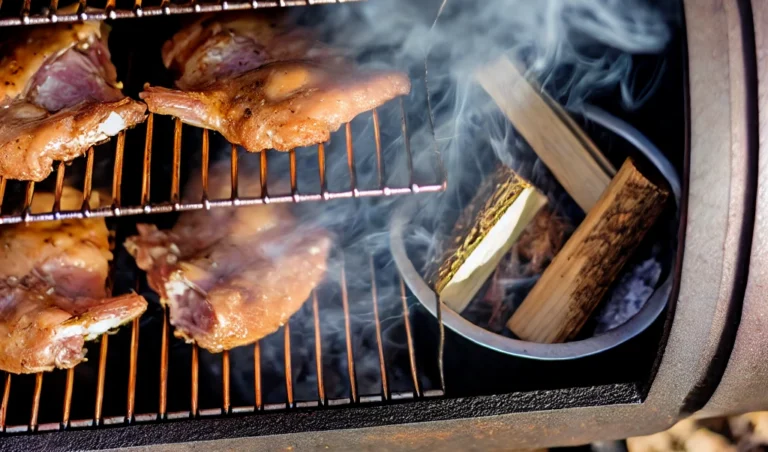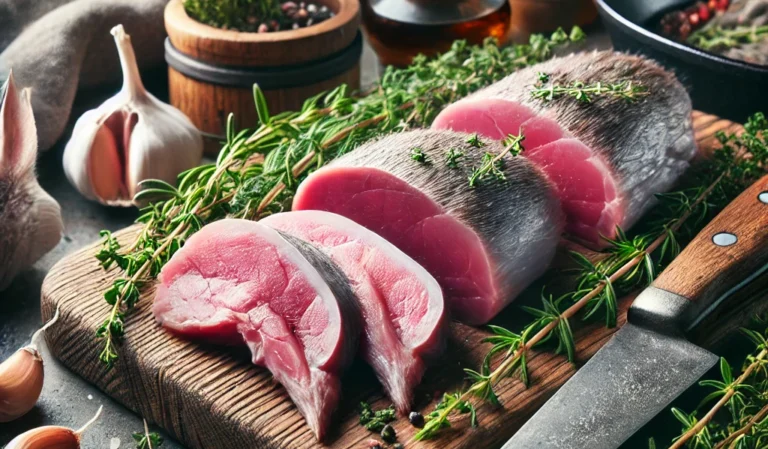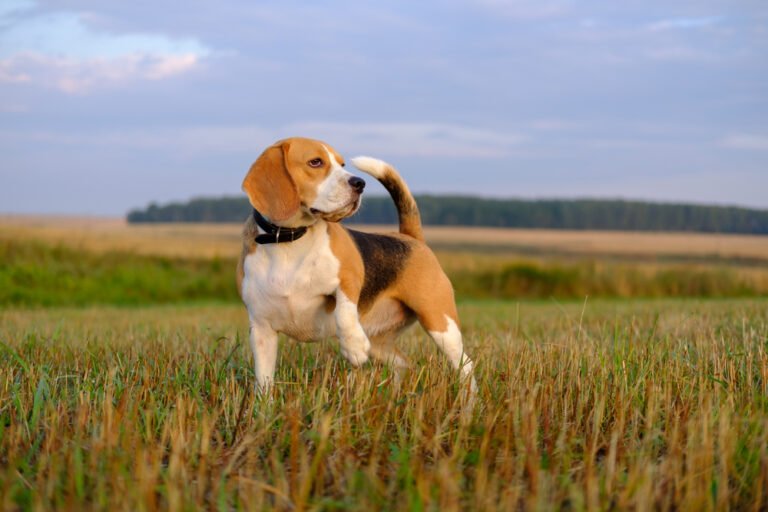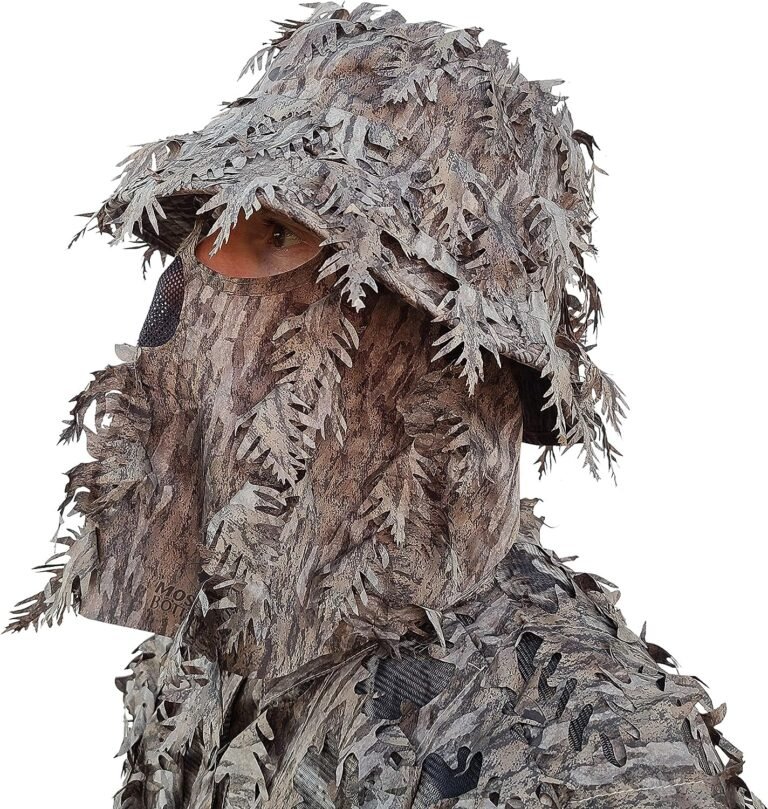Rabbit Hunting Colorado – Unveiling the Thrill of the Hunt!
Rabbit hunting Colorado is not just a mere pastime; it is an esteemed outdoor activity that has captivated the hearts of many nature enthusiasts and avid hunters. The rugged landscapes and diverse ecosystems of Colorado offer an ideal setting for this pursuit, attracting individuals from all walks of life.
Whether you are a seasoned hunter or a novice seeking adventure, rabbit hunting in Colorado allows you to connect with nature, hone your skills, and experience the thrill of the chase.
Rabbit Hunting as a Popular Outdoor Activity in Colorado
Rabbit hunting has long been cherished as a cherished tradition in Colorado’s rich outdoor heritage. It offers respite from the hustle and bustle of daily life, allowing individuals to immerse themselves in the serenity of nature while engaging in an exhilarating sport.
The state’s abundant rabbit populations allow hunters to test their skills and enjoy hours traversing through breathtaking landscapes. Colorado’s rabbit hunting traditions have deep roots that resonate with both historical significance and modern-day appeal.
From Native American tribes who relied on rabbits as a vital food source to early settlers embracing this activity as part of frontier life, rabbit hunting has become ingrained in the fabric of local culture. Today, it continues to be celebrated by hunters who appreciate its blend of challenge and excitement.
Rules and Regulations for Rabbit Hunting in the State
While embarking on a rabbit hunt may evoke notions of freedom and adventure, hunters must familiarize themselves with the rules and regulations governing this pursuit in Colorado. These regulations exist not only to ensure sustainability but also to guarantee safety for both humans and wildlife alike.
The Colorado Parks & Wildlife Department oversees the management and conservation efforts related to rabbit hunting. They establish specific seasons, bag limits, licensing requirements, weapon restrictions, and other critical guidelines that hunters must adhere to.
By understanding and complying with these regulations, hunters play an active role in preserving the delicate balance of Colorado’s ecosystems and supporting the long-term viability of rabbit populations. Additionally, knowing these regulations can help prevent unintentional violations that may lead to legal consequences or harm to wildlife populations.
It is the responsibility of every hunter to stay informed about the current laws and guidelines in place, ensuring a sustainable hunting experience that respects nature’s inherent beauty and harmony. Rabbit hunting in Colorado is a cherished outdoor pursuit that offers excitement and a deep connection with nature.
Understanding the rules and regulations associated with this activity is paramount for maintaining the integrity of ecosystems, preserving wildlife populations, and ensuring safe hunting practices. Whether you are a seasoned hunter or new to the sport, respecting these guidelines will enhance your experience while contributing to the conservation efforts that make Colorado an exceptional destination for rabbit hunting.
Rabbit Species in Colorado
Colorado has a diverse array of rabbit species, each with unique characteristics and behaviors. Understanding the different species is crucial for any aspiring rabbit hunter in the state. Let’s explore the three main rabbit species found in Colorado: the Eastern Cottontail, Mountain Cottontail, and Snowshoe Hare.
Eastern Cottontail (Sylvilagus floridanus)
The Eastern Cottontail is one of the most widespread rabbit species in North America, including Colorado. They are easily recognizable by their medium-sized body covered in short brown fur with white underparts. One defining feature of this species is the conspicuous white cotton-like puff on their hindquarters that gives them their name.
Eastern Cottontails prefer habitats with open grassy areas and thickets, making them well-suited to Colorado’s diverse landscapes. They are primarily found in lower elevations and are often seen around suburban areas, farmlands, and edges of woodlands.
Regarding behavior, Eastern Cottontails are primarily active during dawn and dusk (crepuscular) but can also be spotted during daylight hours. They rely on their exceptional agility and speed to evade predators such as coyotes, foxes, birds of prey, and even domestic cats.
Mountain Cottontail (Sylvilagus nuttallii)
The Mountain Cottontail is another native rabbit species in Colorado’s mountainous regions. This species has adapted well to higher elevations where other rabbits may struggle to survive. Their fur coloration varies depending on the season but generally consists of shades ranging from grayish-brown to rusty-brown.
Mountain Cottontails typically inhabit coniferous forests, shrublands, and grassy slopes near mountainsides. They are well-adapted to the harsh alpine conditions, including cold temperatures and deep snow cover.
Their large hind legs enable them to navigate through the dense vegetation and snow with relative ease. These rabbits are known for their elusive nature, making them a challenging quarry for hunters.
Mountain Cottontails rely heavily on their excellent camouflage skills, blending seamlessly into their surroundings. They have a keen sense of hearing and often freeze when approached, relying on their natural camouflage to avoid detection.
Snowshoe Hare (Lepus americanus)
The Snowshoe Hare is a fascinating rabbit species that undergoes remarkable seasonal color changes in its fur coat. In summer, they have predominantly brown fur with some black tipping, while in winter, they turn completely white except for their black-tipped ears and tails. As the name suggests, Snowshoe Hares thrive in snowy regions such as the higher elevations of Colorado’s mountain ranges.
Their large hind feet act like natural snowshoes, allowing them to stay on top of deep snow without sinking. This adaptation provides them an advantage against predators during the winter season.
Snowshoe Hares primarily feed on plant materials such as twigs, bark, buds, and leaves. To stay safe from predators like lynxes and coyotes that rely on sight while hunting in snowy environments or dense forests during summer months when they don’t blend in as well with their surroundings due to brown fur coloration, hares make use of their incredible speed and agility.
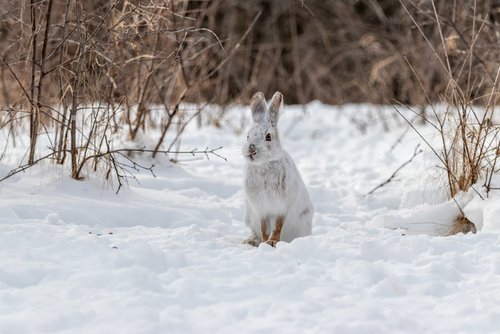
Hunting Seasons and Regulations
Overview of the different hunting seasons for rabbits in Colorado
Colorado offers various hunting seasons for rabbit enthusiasts, allowing them to pursue their passion throughout the year. The main rabbit hunting season typically begins in early September and lasts until late February, providing ample time for hunters to test their skills.
However, it is important to note that these dates may be subject to change, so it’s always prudent to consult the Colorado Parks and Wildlife (CPW) website or contact local authorities for updated information. Additionally, specific areas within the state may have different season dates, so you must familiarize yourself with the regulations of the region you plan to hunt in.
Explanation of bag limits, licensing requirements, and other regulations specific to rabbit hunting
Colorado has established bag limits and licensing requirements for rabbit hunting to ensure sustainable wildlife management and conservation efforts. The current bag limit for rabbits is 10 per day per hunter across most areas in the state. However, verifying any regional variations or updates through CPW or local authorities is essential before embarking on a hunt.
As for licensing requirements, all individuals aged 18 years or older must possess a valid small game license issued by CPW. Hunters below 18 can participate without a license, provided an adult with a valid license accompanies them.
In addition to bag limits and licensing requirements, hunters must adhere to several other regulations specific to rabbit hunting in Colorado. Hunters must familiarize themselves with these rules before heading out into the field.
These regulations include restrictions on allowable firearms (e.g., only shotguns with shot size no larger than BB are permitted), shooting hours (generally one-half hour before sunrise until one-half hour after sunset), use of motor vehicles off designated roads or trails (prohibited unless authorized), and the prohibition of hunting within 150 yards of occupied dwellings or buildings.
Violating these regulations can result in fines, penalties, or even legal consequences, so it is essential to be fully informed and compliant while engaging in rabbit hunting activities in Colorado.
Habitat and Behavior of Rabbits
Preferred Habitats for Rabbits in Colorado
Rabbits in Colorado can be found inhabiting a variety of landscapes, each with its unique characteristics. One such preferred habitat for rabbits is brushy areas near water sources. These areas provide rabbits with ample cover and access to fresh water.
The dense vegetation in brushy areas offers rabbits protection from predators while providing a diverse food source. Another favored habitat for rabbits in Colorado is grasslands and agricultural fields.
These wide open spaces offer rabbits abundant grazing opportunities and ample visibility to detect potential threats. Additionally, crops in agricultural fields provide a readily available food source for rabbits, making these habitats particularly attractive.
Behavior and Feeding Patterns of Rabbits
Rabbits are known for their cautious nature and keen senses, which allow them to adapt to their surroundings effectively. They are crepuscular creatures, meaning they are most active during dawn and dusk when lighting conditions provide sufficient cover while still allowing them visibility. Additionally, their feeding patterns often follow this schedule, with rabbits actively foraging during these periods.
Regarding camouflage, rabbits have developed remarkable adaptations that aid in their survival. Their fur coloration typically matches the environment they inhabit; this enables them to blend seamlessly into their surroundings and evade detection by predators such as foxes or birds of prey.
For instance, the Eastern Cottontail rabbit features a brownish-gray coat that harmonizes with the earthy tones of its preferred habitats, like brushy areas and grasslands. Furthermore, rabbits exhibit behaviors like freezing or remaining motionless when they sense danger nearby; this helps them stay unnoticed by potential threats until it is safe to move again.
Understanding rabbits’ preferred habitats and behavioral patterns in Colorado is essential for successful hunting endeavors. By knowing where to find them and how they behave, hunters can maximize their chances of encountering these elusive creatures in their natural environment.
Hunting Techniques and Equipment
Spot-and-Stalk Technique
When it comes to rabbit hunting in Colorado, one popular method employed by hunters is the spot-and-stalk technique. This method involves quietly moving through potential rabbit habitats, such as brushy areas or grasslands, while keeping a keen eye out for any signs of movement.
It requires patience, stealth, and a good understanding of rabbit behavior. The key is to spot a rabbit from a distance without alerting it to your presence. Once spotted, the hunter must carefully close the distance using cover and natural terrain features as concealment.
This method allows for precise shots when within range.
Using Trained Dogs for Flushing out Rabbits
Another effective technique in rabbit hunting is employing well-trained dogs specifically bred for flushing rabbits out of cover.
These dogs, often beagle or other small scent-hound breeds, possess an innate ability to detect rabbits’ scent trails and chase them out into the open, where hunters can take their shots.
The partnership between hunter and dog creates an exciting dynamic where the dog’s intense drive combines with the hunter’s skill to ensure successful hunts.
Essential Equipment Needed for a Successful Hunt
Rifles or Shotguns Suitable for Small Game Hunting
When selecting a firearm for rabbit hunting in Colorado, it’s essential to consider both practicality and personal preferences. A .22 caliber rifle is often favored for its accuracy and low recoil. Shotguns are also popular as they allow more versatility in targeting moving rabbits at close range.
Ammunition Selection Based on Personal Preferences and Local Laws
It is crucial to familiarize oneself with local laws concerning ammunition types allowed for small game hunting in Colorado. Generally, .22 LR (Long Rifle) ammunition is commonly used for rabbits due to its availability and cost-effectiveness.
However, different loads can be tailored to specific hunting conditions and personal preferences. For example, hollow point or copper-plated ammunition may enhance terminal ballistics for cleaner kills.
Camouflage Clothing, Boots, Binoculars, etc.
Camouflage clothing plays a crucial role in blending with the natural surroundings of rabbit habitats. Opting for patterns that mimic the local vegetation and terrain can enhance stealth and reduce the risk of detection.
Additionally, comfortable and weather-appropriate boots are essential for traversing various terrains encountered during hunts. Binoculars provide an advantage by allowing hunters to scan vast areas effectively, spotting rabbits from a distance without alerting them.
Rabbit Hunting Hotspots in Colorado
Pawnee National Grassland
Pawnee National Grassland is a prime destination for rabbit hunting enthusiasts in northeastern Colorado. This expansive grassland offers a diverse landscape of rolling hills, prairies, and shrublands that provide ideal habitat for rabbits. The extensive coverage of sagebrush and native grasses creates ample hiding spots for rabbits, making it an exciting challenge for hunters.
Additionally, the area’s proximity to water sources ensures a reliable food supply for the rabbits, leading to thriving populations in this region.
Baca National Wildlife
Situated in southeastern Colorado, Baca National Wildlife is another hotspot renowned for its abundant rabbit populations. This vast wildlife refuge spans over 92,500 acres and encompasses various habitats such as grasslands, wetlands, and riparian areas.
These diverse ecosystems support a wide array of wildlife species, including rabbits. The dense cover and plentiful food sources make Baca National Wildlife an enticing destination for hunters seeking a fruitful rabbit hunting experience.
Conclusion
Colorado offers exceptional opportunities for those passionate about rabbit hunting. With its diverse landscapes and well-maintained wildlife areas, such as Pawnee National Grassland and Baca National Wildlife Refuge, the state provides ample habitat for healthy rabbit populations. Whether you prefer the open grasslands or the more secluded riparian areas, plenty of hotspots across Colorado promise rewarding hunting experiences.
So grab your gear, familiarize yourself with the regulations governing this outdoor pursuit in Colorado’s bountiful wildernesses, and embark on an adventure that combines nature appreciation with skillful hunting techniques. Happy hunting!

